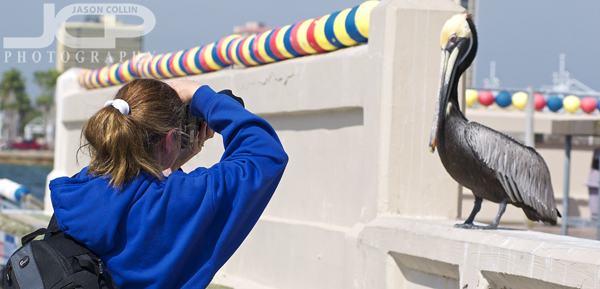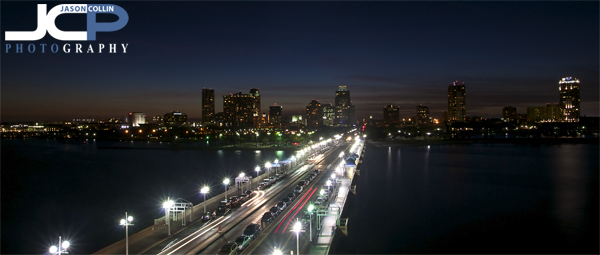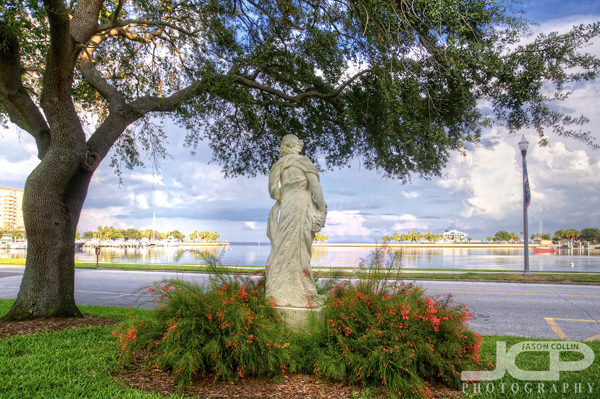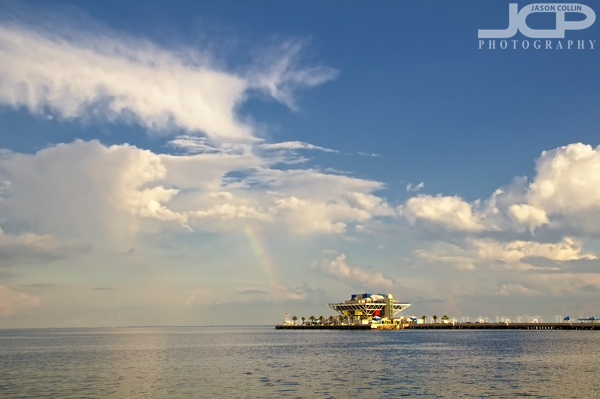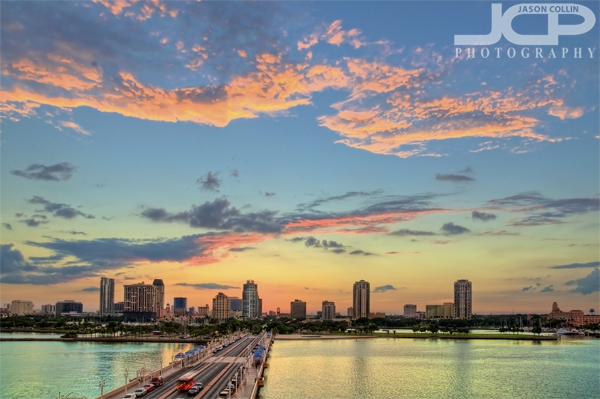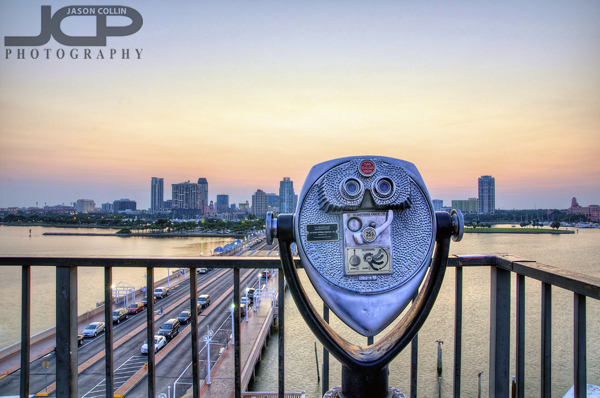
LOCATION: THE PIER ROOFTOP (currently unavailable due to Pier closing, but base areas may still be open)
The single best spot to shoot non-beach sunsets in St. Petersburg. Each evening offers a different kind of light and a different kind of shot. You can get an unprecedented view of the skyline and cityscape, or use a telephoto lens to shoot individual buildings, to long exposures to get light trails of cars driving to and from The Pier. It is simply the best spot to shoot from in all of St. Petersburg for any kind of shot. The railing on the roof is high, so a tall tripod is required to be able to shoot over it. Plus, The Pier is scheduled to be demolished in summer 2013, so get there while you can!
View Larger Map
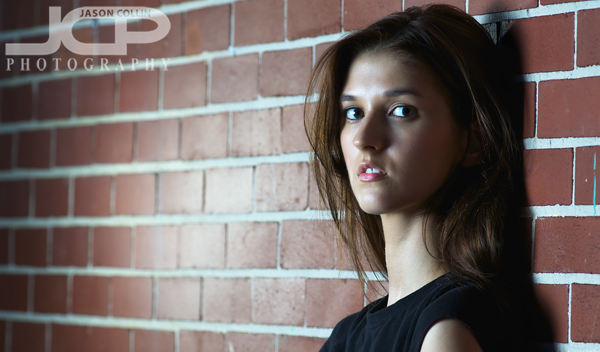
LOCATION: 2ND STREET NORTH (BRICK WALL)
Need a good brick wall to photograph a model in front of? Then right next to Jannus Live in downtown St. Petersburg is a great one on 2nd Street North between Central Ave and 1st Ave North. The sidewalk in front of it is wide allowing for plenty of space to setup lights and still let passersby get by. Bonus: there is also a cool double-door at the end of it.
View Larger Map
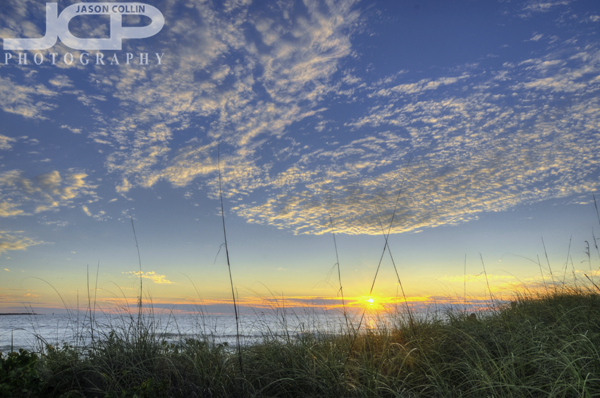
LOCATION: PASS-A-GRILLE BEACH
It may seem like all beaches along Gulf Blvd running north to south of Pinellas County are the same. They are not. Pass-A-Grille Beach is the very last of them, at the southern most tip of Pinellas County. Such it is somewhat of a forgotten beach. You can often find it empty, espcially outside of summer months. The beach is long and mostly narrow allowing for super wide panorama images to be made. Sea grass grows between the sidewalk and sand (see above) making for a good foreground subject, or a background in and of itself.
View Larger Map
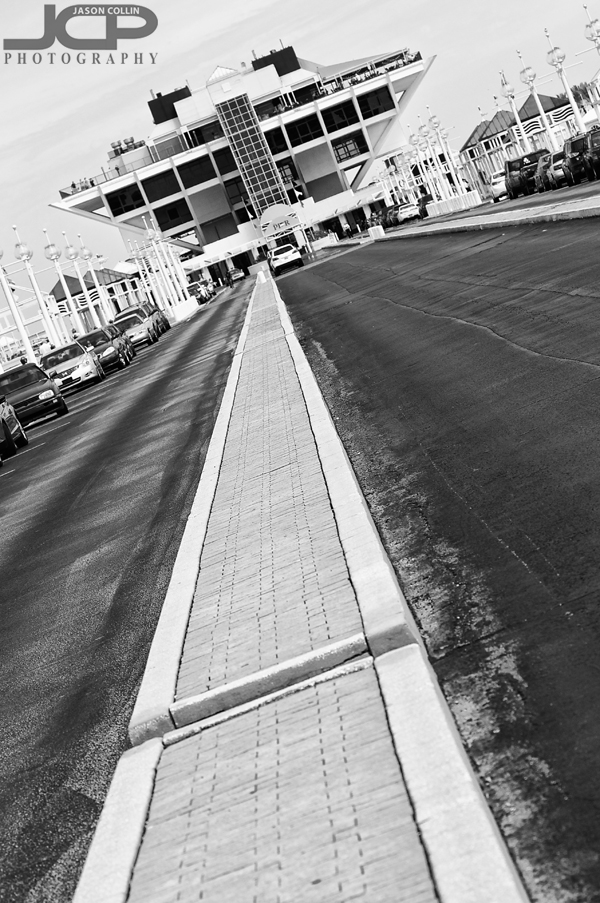 The lines of the curb act as leading lines to the main subject, The Pier - Nikon D300 Nikkor 80-200mm @ f/5.6 ISO 200 1/500thUsing leading lines is one of my favorite composition techniques. In the photograph of The Pier above, everything points to the main subject drawing the viewer's eye across the full length of the frame. The entire foreground of the photograph uses the curb as a leading line to the focus of the image. If there was no curb and just black pavement, then having such a large empty foreground would be a waste of space in the frame. However, using the curb as a leading line adds another element of interest to the photograph besides The Pier itself.
The lines of the curb act as leading lines to the main subject, The Pier - Nikon D300 Nikkor 80-200mm @ f/5.6 ISO 200 1/500thUsing leading lines is one of my favorite composition techniques. In the photograph of The Pier above, everything points to the main subject drawing the viewer's eye across the full length of the frame. The entire foreground of the photograph uses the curb as a leading line to the focus of the image. If there was no curb and just black pavement, then having such a large empty foreground would be a waste of space in the frame. However, using the curb as a leading line adds another element of interest to the photograph besides The Pier itself. 
